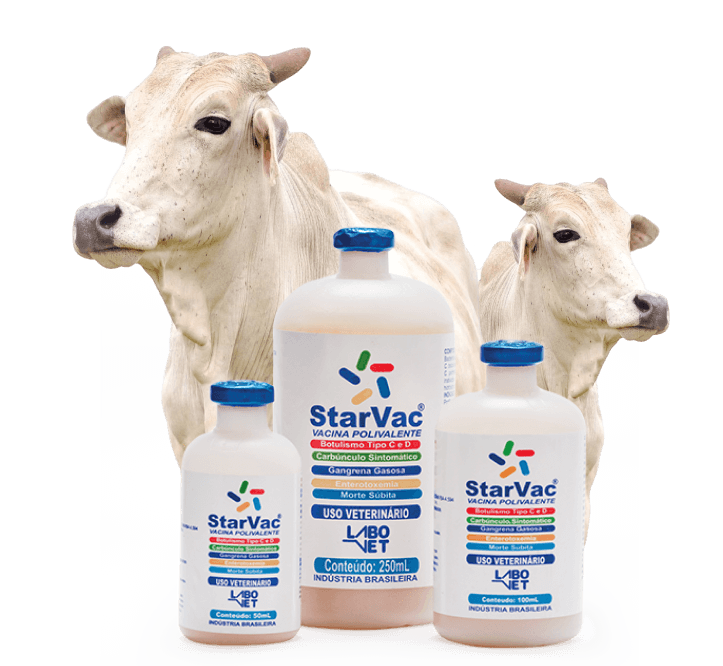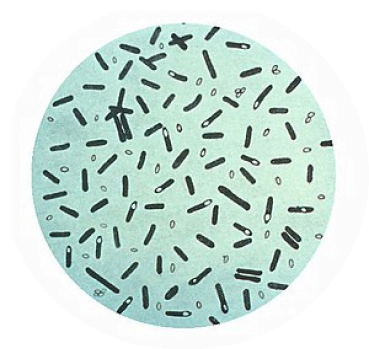Gas Gangrene

- CLICK ON THE BUTTONS BELOW AND SEE MORE ABOUT OTHER DISEASES
CONTAMINATION: Among the main mechanisms of entry of the bacteria into the animal’s organism are the procedures of surgical practices. When not properly cleaned, they can lead to an infection, since the bacteria have the soil and the digestive tract as an environment.
CLINICAL MANIFESTATIONS: Among the clinical manifestations, the animal presents crackling edema in the skeletal muscles and in the subcutaneous tissue, evolving with hemorrhage and necrosis. Fever, depression, apathy, loss of appetite, tachycardia, difficulty walking and septicemia can also be observed, which can lead the animal to death in a few hours, usually 24h to 48h after the onset of the disease.
PROPHYLAXIS: It is a highly contagious disease, with rapid spread and contamination to other animals with an exposed wound on the skin, causing, in many cases, sudden deaths. And the best form of prophylaxis is with vaccination.

